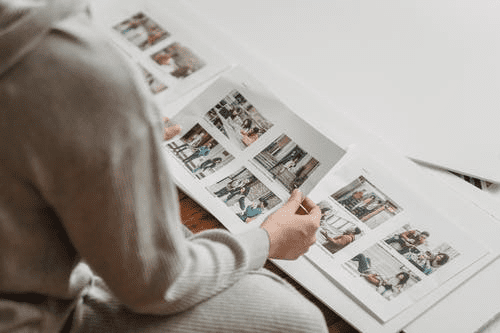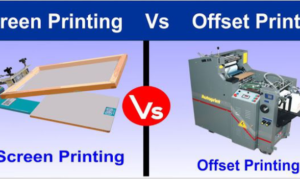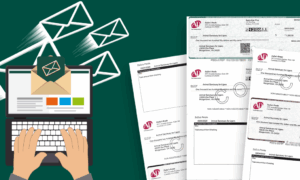Whether you’re a graphic designer, screen printer, or just someone who wants to print something for yourself, sometimes artwork is not correctly prepared and it can lead to problems when printing. It’s not enough just to put your design on paper and send it off to the printer. If you want high-quality prints for any type of project, then these tips will help get you started.
How To Properly Prepare Your Work For Printing
You may think that the only thing you need to do in order to prepare your artwork for printing is to simply click “Print.” It turns out there’s a lot more than meets the eye.
The process of preparing and printing an image can be confusing and intimidating. That’s why there are whole companies that specialize in art printing and they take their work very seriously. There is no perfect way to print any kind of artwork; what works best varies depending on the media, size, type of printer used, and many other factors. However, there are some steps you can take to point you in the right direction.
1) The Best Way To Prepare Your Artwork For Printing Is To Make Sure You Have A High-Resolution Image
As mentioned, there isn’t a one-size-fits-all approach to preparing your artwork. However, the best way is by making sure you have a high-resolution image. Not having enough pixels can result in fuzzy and pixelated images as well as problems such as white lines or artifacts appearing in your final print. If you’re using a program like Photoshop, go to Image > Image Size and make sure the resolution is 300 PPI for RGB or greater than 240 PPI for CMYK images. If you’re using Illustrator, go to File > Document Setup and make sure the Raster Effects are set at 300ppi.
If necessary, resize your image so that it has at least an inch of spare white space around its border before scaling. That way, you can make sure it’s high-resolution enough once the image is scaled down to fit within your design template or project space.
2) How To Make Sure That You Get High-Quality Prints Every Time
Printing is a complex process, and it can be very difficult to know exactly what will happen when you hit the ‘print’ button. Even if your printer has been doing well in the past, sometimes there are issues with certain types of prints that might not have shown up before
To make sure this doesn’t happen, get several test prints of your art on multiple types of paper.
Once you have some test prints, take a look at them under magnification and see if there are problems with the halftone dot pattern as well as uniformity in size and shape across all colors. You should also compare how the image looks against different backgrounds to make sure it doesn’t appear dull or dark under different lighting conditions.
3) What Kind Of Paper Should You Use?
There are a lot of different types and brands of paper out there, so it can be difficult to know which one is best for your needs. Some papers have special coatings that help them better absorb ink while others work best with certain inks for printers. There’s no single answer as far as what kind of paper you should use because it depends on the type of artwork you’re creating, but here are some guidelines that can help.
If your image is primarily made up of colors with low saturation (such as pastels), then you might be better off using textured or matte paper so it doesn’t look flat and uninteresting in print. For images with high contrast between light and dark areas, it’s best to use bright white paper or even glossy photo paper.
Typically speaking, you should always try printing your image on the type of material that will make it look its best; however, if cost is a concern then there are some budget papers out there that can still produce high-quality prints.
These are just some of the things to keep in mind when preparing your artwork for printing. If you’re not sure what kind of supplies or printer will work best, then it’s always a good idea to consult with your local print shop before beginning any project that requires printed materials. They can give you valuable insight into how to prepare your artwork for printing.

In the end, the best way to avoid any problems with your prints is by starting out with a high-resolution image that has been properly prepared for printing and making sure you have a good printer as well as other supplies. By doing this, you’ll be able to enjoy professional results every time!



































